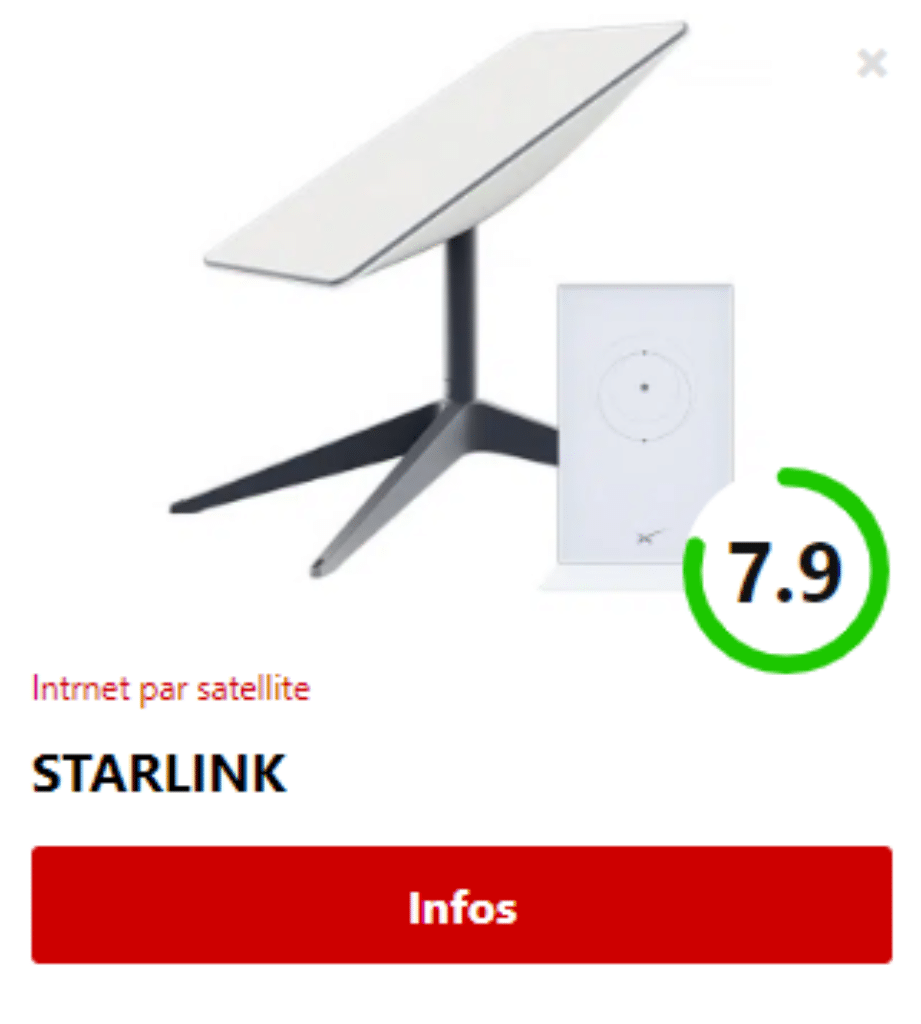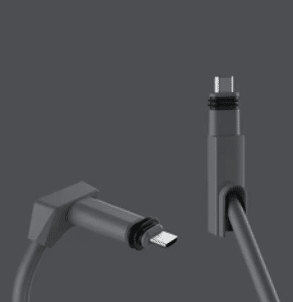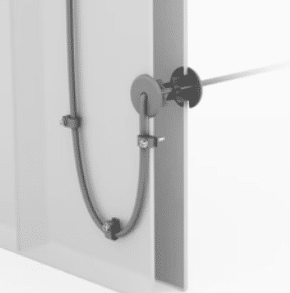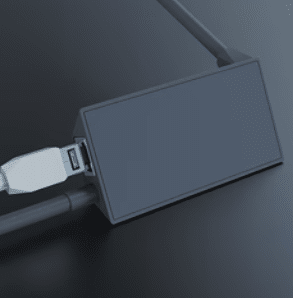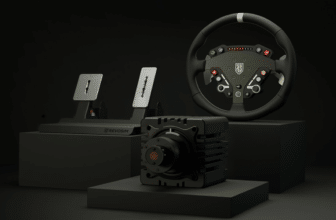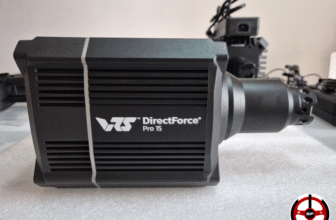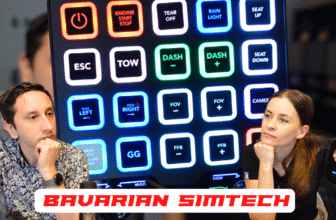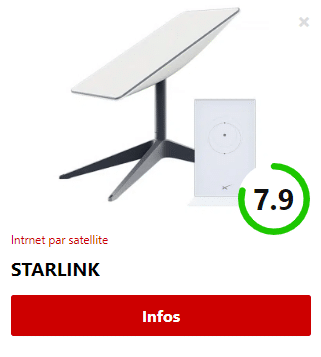
Can you imagine sim racing without a reliable Internet connection? While fiber is increasingly being deployed in our regions, there are still some forgotten areas, neglected by incumbent operators due to lack of investment. Living in the countryside is often synonymous with compromise in this area. For my part, I find myself in one of these “white zones”, as Belgian operators like to call them. Today, we take a look at my particular case, where only one Belgian operator has taken the initiative to provide a service, with the distant promise of a transition to fiber…
The quest for a solution
Tired of waiting for a solution from traditional operators, I set out to find an alternative. Although skeptical of Elon Musk’s products, I was tempted by STARLINK. For those unfamiliar with it, it’s a satellite Internet service. Although such solutions have been around for a long time, this billionaire’s promises and offer were particularly appealing. Today, we’re going to take a look at whether STARLINK can be used in everyday life, particularly for sim racing, and assess its suitability for family use.
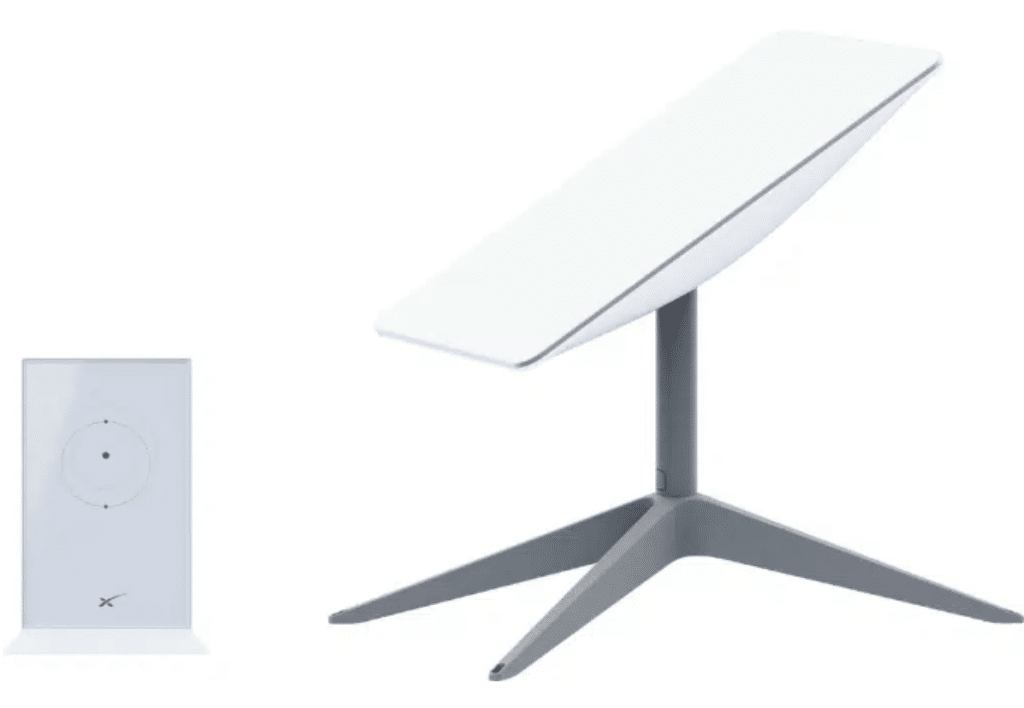
Taking action
Ordering STARLINK is child’s play. A clear web interface and transparent pricing make the ordering process error-free. After creating your account, you can place your order for delivery at €23.00. Three days later, the parcel was available for collection at a pick-up point, offering appreciable security in a world where parcels can sometimes get lost.
One point to note: the choice between renting and buying the equipment. Not being sure of the service’s performance, I opted for rental. Although this entails a monthly surcharge of €10.00, the purchase would have required 48 months of use to pay for itself.
Subscription and installation costs
Subscription prices vary depending on whether you live in France or Belgium. While French residents pay €40.00, Belgians have to pay an additional €10.00, bringing the total to €50.00. Including equipment rental, the total comes to €60.00. Although this may seem high to my French friends, it’s still within the Belgian average. My previous operator, Proximus, charged me almost the same amount for a mediocre speed. For me, it was a clear improvement.
In addition to the RJ45 adapter, the store also offers other interesting choices, such as additional cables and various supports for the satellite dish. Every effort is made to provide you with the accessories you may need. This attention to detail is reminiscent of Tesla’s approach, where the emphasis is on the simplicity and practicality of the products on offer. It’s an important aspect in making the STARLINK user experience as smooth and enjoyable as possible.
Simplified installation
STARLINK installation is astonishingly simple. All you need is a modem, a small dish and two cables. All you need to do is place the dish in an open area and plug in the modem. Connection is almost instantaneous, thanks to a smartphone app that guides the user through every step. Gone are the days when you had to manually adjust the position of the dish, praying for optimum reception. In just a few minutes, everything is up and running.
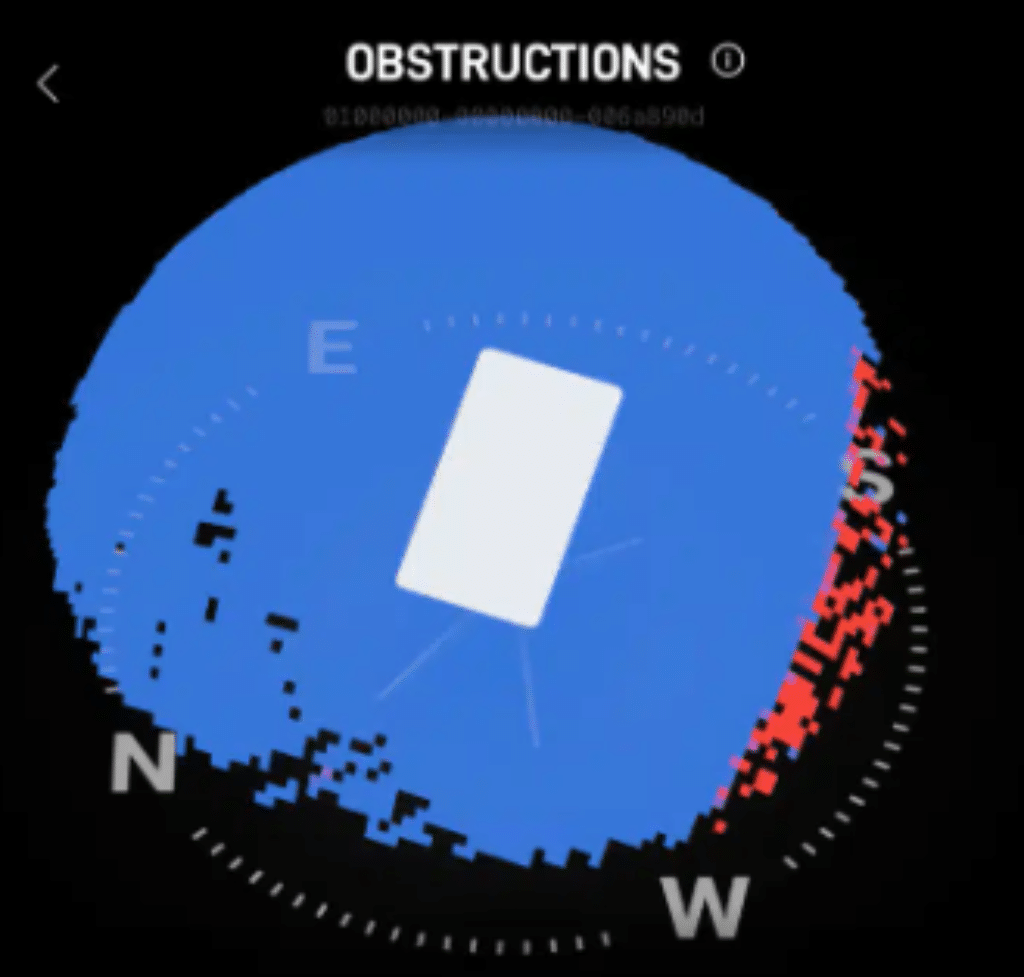
In case of doubt, the app is there to help, including identifying potential obstructions that could affect the signal. As far as I’m concerned, the dish is installed on my terrace, about 4 meters from my house, and this has no impact on signal quality.
Challenges
However, not everything is perfect. The first surprise is the absence of an RJ45 socket on the modem, forcing me to use wifi. An adapter for a wired network is available, but at an additional cost of €40.00. Also disappointing is the absence of WIFI 6, which has become standard today.
Another drawback is the wifi quality of the STARLINK box. Although functional, the signal quickly weakens and it’s difficult to reach the advertised speeds. Fortunately, STARLINK offers total transparency, enabling constant monitoring of throughput, any faults and network performance.
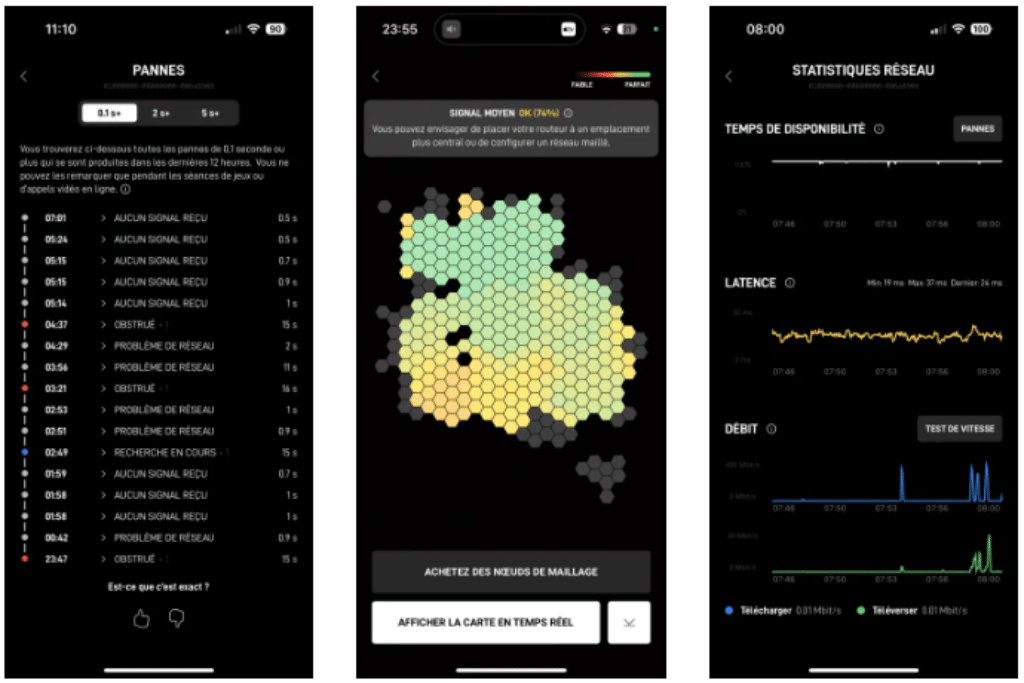
For greater user comfort, I can only advise you to use the bypass mode and buy a quality WIFI router. I opted for a TP-link model, which gave me better coverage in my home and an optimal wifi signal.
Performance
Going from 40 Mb/s reception to 358 Mb/s with STARLINK is a real relief. No more problems with 4k streaming or online multiplayer games. Of course, the satellite connection fluctuates, but it’s still much faster than my previous operator. What’s more, STARLINK offers a “heating” function to maintain the signal in bad weather. Having tested it in the rain and on cloudy, even overcast days, this had no impact on use.
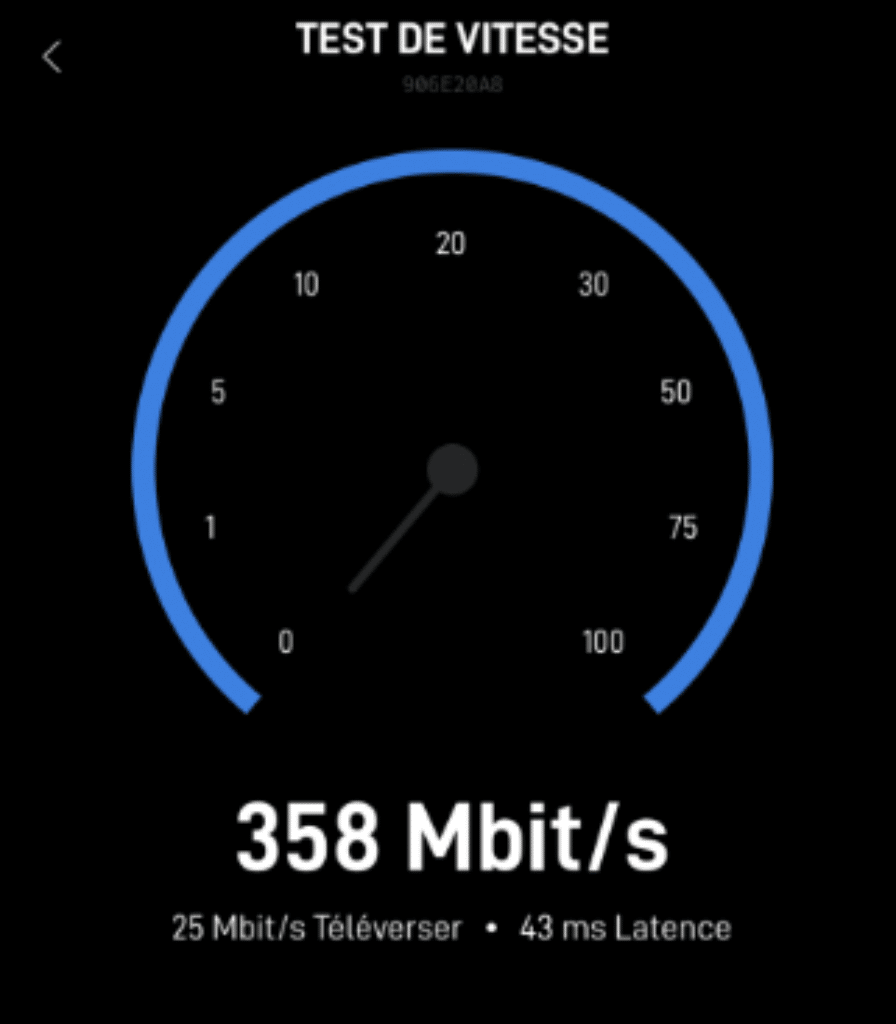

As you can see, performance can fluctuate slightly with STARLINK. However, nothing really alarming, and speeds generally remain within the limits of what STARLINK advertises. An interesting feature of the application is that it also lets you monitor the theoretical speed available from the satellite as well as that of your home network. In other words, you can identify any weaknesses and perhaps improve the modem’s location for better wifi coverage. This gives users the opportunity to optimize their network configuration and achieve the best possible performance, even under variable conditions.
Despite a few imperfections, STARLINK proves to be an excellent solution for those overlooked by traditional operators. Although it can’t compete with fiber, it is a credible alternative to aging ADSL. For my part, I don’t see STARLINK as a purchase, at least for the time being, but rather as a troubleshooting solution. Nevertheless, it offers appreciable user comfort, especially for sim racing. We’re happy to forgive its shortcomings, since it’s so comfortable to use.
After-sales service: efficient?
Absolutely, the quality of after-sales service is a crucial aspect to consider today when evaluating a product or service. In STARLINK’s case, I’m delighted to see that their after-sales service meets and exceeds expectations. Their efficiency is all the more remarkable given the company’s multinational dimension.
The speed with which they respond to our questions is impressive, which is essential when we encounter problems or need assistance. The messaging available via the application is a valuable tool, easy to use and offering the possibility of transferring attachments as required. This eliminates the need to navigate complicated pathways or deal with sometimes frustrating automated assistance systems.
In a landscape where artificial intelligence is becoming increasingly important, it’s reassuring to know that effective human assistance is available when needed. This reinforces users’ confidence in the product and contributes to a positive customer experience overall.
Conclusion
In conclusion, STARLINK meets a crucial need for those living in areas poorly served by traditional Internet infrastructures. While it can’t entirely replace fiber, it offers a viable alternative and hope for the future of connectivity in rural areas. With constant improvements and evolving technology, it’s highly likely that STARLINK will continue to play an important role in improving Internet access for everyone, everywhere.

